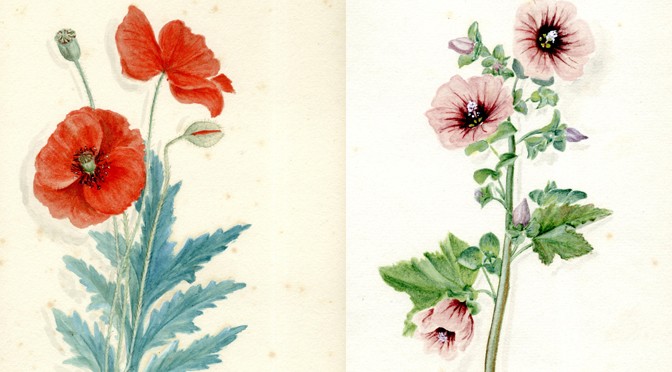This month marks the twentieth anniversary of the breach of the Porlock Shingle ridge following a mixture of high tides and stormy weather in 1996.
Twenty years is not considered long in terms of landscape and ecological changes, but the extent of the changes that have taken place in Porlock Bay and the surrounding area have been remarkable. Through the Porlock Marsh Vision Project, work continues to try to understand this fascinating area and to make the Marsh more accessible for people to enjoy.
Porlock Marsh BioBlitz
A great weekend of wildlife-hunting at Porlock Marsh in July resulted in over 400 different species being identified (with more records still to come). An amazing range of species were found, including birds, butterflies, moths, bats, plants, insects, mammals and lichens, demonstrating just how biodiverse the marsh and surrounding areas are.
The event was organised as part of the Porlock Marsh Vision project, in partnership with the National Trust and their tenant farmer who hosted the event at Bossington, Exmoor National Park Authority, Somerset Wildlife Trust, Somerset Environmental Records Centre, Natural England and the Exmoor Natural History Society. Led by a fantastic range of experts, wildlife hunters were able to explore the wildlife of the marsh, streams, hedgerows and farmland, with a sea-watch crew looking out for marine species and sea birds. Some great spots included porpoises and grey seal off Hurlstone point, two peregrines chasing an oystercatcher, and close-up views of skylarks which are usually just heard singing above the fields.
There was something for everyone to get involved with, including stream dipping, bug hunting, searching for plants and insects, and watching experts catch and ring birds.
The bird ringers found lots of evidence of breeding with juveniles and brooding birds. A good range of birds were recorded over the 24 hours, including sea birds, farmland and woodland birds – Manx shearwater, gannets and guillemots, whitethroats, willow warblers, goldfinches, rock pipits, and linnets to name a few.
Over 200 plant records were also collected, including common plants found in farmland and scrub as well as classic saltmarsh plants such as sea purslane, samphire, and sea beet, and a new record for Porlock Marsh of sea kale. 30 species of lichen were also found, on the trees surrounding the marsh and the pebble ridge. The stream dippers found lots of stoneflies and mayflies, cased and case-less caddis flies, as well as freshwater shrimps, bullhead and even eel. The warm weather brought out the butterflies, including silver washed fritillary, large white, red admiral, meadow brown and small skipper.
The BioBlitz continued late into the night with a chance to meet a barn owl and tawny owl at the Exmoor Hawk and Owl Centre, before setting out with bat detectors to find a number of different species. Moth traps were also set overnight, with 72 species found, including buff tipped, poplar hawk moth, swallowtail, and the elephant hawk moth.
Clare Reid, Porlock Marsh Vision project manager, said: “A huge thanks to all the organisations and people who helped to make the BioBlitz a great success, including the National Trust and Mike Dyer for hosting the event, all the walk leaders who helped to identify the great range of species, and Kitnors catering for feeding everyone so well!
“Hopefully this will be an event that will be repeated in future years to help build our knowledge and understanding of the wildlife of Porlock Marsh.”
The BioBlitz was organised as part of the Porlock Marsh Vision project, a partnership project promoting the conservation and enjoyment of Porlock Marsh. For further information about the project, go to www.exmoor-nationalpark.gov.uk/Whats-Special/porlock-marsh-vision
PHOTO: by John Kemp











